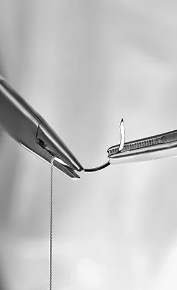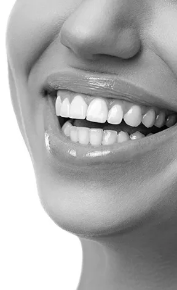Oral surgery
The Balance of Success and Complications in Oral Implant Rehabilitation
This webinar with Dr. Ira Sy will focus on how to have a better understanding of the prevention and management of complications related to implant therapy.
Over the past few decades, oral implant therapy has been increasingly popular as a treatment of choice for partial and full edentulism. Although implants have shown to be highly predictable, there has also been an increase in various complications from surgical and prosthetic interventions. Some of these complications have led to acute and chronic problems for our patients and additionally, there has been a need for re-treatment.
This program will review clinically some of these iatrogenic complications with regards to the lack of biological placement of implant fixtures to cementation retention leading to the potential of tissue damage and ultimately the loss of osseointegration and failure with endosseous implants.
At the end of this course, participants will have a better understanding of the prevention and management of complications related to implant therapy.
$$ $$
Treat the recession save the palate. How to achieve successful outcomes and keep your patients happy
Gingival recession is a significant problem which can lead to both esthetic and functional compromise. Surgical treatment for correcting gingival recession often involves harvesting autogenous tissue from the patient's palate. While this is the gold standard, it can be associated with pain, morbidity and an unpleasant patient experience. There are also scenarios where palatal tissue harvest is either not preferred, feasible, or even desirable for numerous patients. Fortunately, there are alternative materials that can be used to achieve successful and predictable root coverage outcomes and provide for a favorable patient experience. This evidence-based presentation will focus on the use of collagen matrices as an alternative to autogenous palatal tissue for use in periodontal plastics and root coverage procedures. Emphasis will be placed on the physical and handling properties of collagen matrices, selection of the appropriate surgical modality, and proper case selection for optimal root coverage outcomes.
$$ $$
Untold stories of reaching esthetic successful results
This webinar with Dr. Daniele Cardaropoli will focus on the concept of soft-tissue integration in implant dentistry. From immediate implant placement to ridge preservation, the use of connective tissue graft as well as the use of tridimensional collagen matrix, together with the description of a novel volume-stable cross-linked matrix will be assessed.
Why soft tissues are the key point when dealing with esthetics in implant dentistry? What is their biological role? Why pink esthetics, intended as the proper relationship between the implant fixture and the supported crown, is so important for the final outcome of the therapy? The concept of soft-tissue integration is the new challenge in implant dentistry. The knowledge about the dynamics of healing in post-extraction sites recommends to avoid a staged approach with spontaneous healing after tooth extraction. To achieve an optimal result clinicians should consider to preserve the anatomy of the ridge and the soft tissue contour. During this lecture different surgical and prosthetic approaches will be discussed for single tooth and multiple teeth rehabilitations. From immediate implant placement to ridge preservation, the use of connective tissue graft as well as the use of tridimensional collagen matrix, together with the description of a novel volume-stable cross-linked matrix will be assessed. Different sites, different protocols, one goal: predictability.
$$ $$











